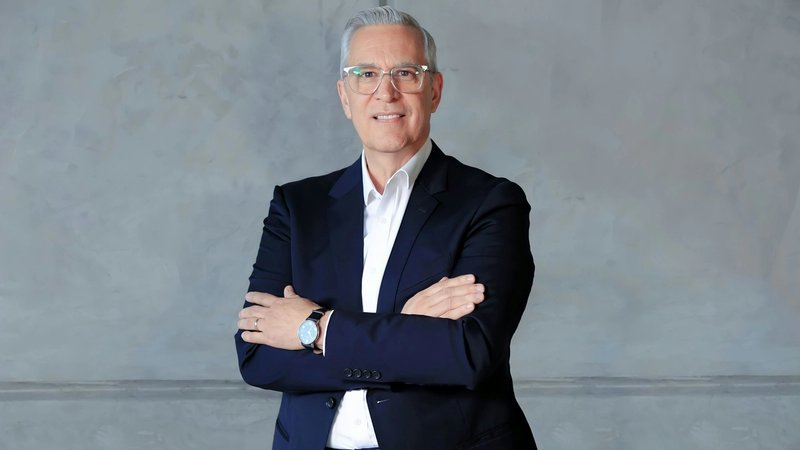What to Wear for Headshots: The Ultimate 2025 Style Guide
In this headshot wardrobe guide, you'll know what to wear for headshots and look confident, along with expert tips that will help you choose your perfect outfit
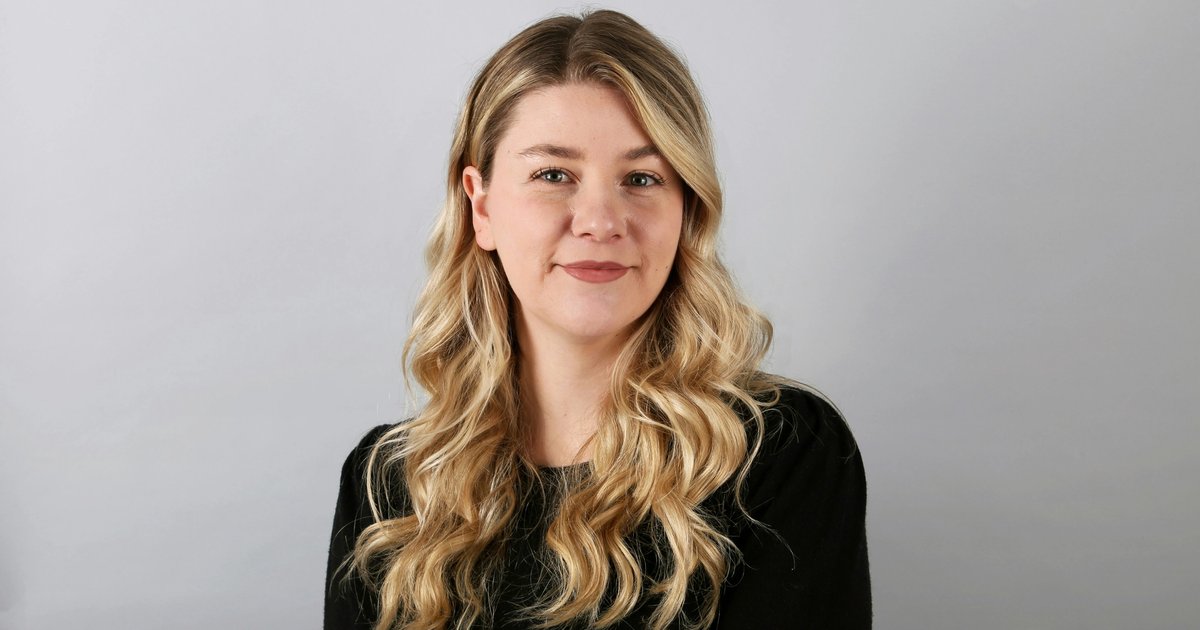
Table of Contents
- 1.TL;DR - Quick Outfit Checklist
- 2.Why What You Wear in a Headshot Actually Matters
- 3.The Short Answer
- 4.The Psychology of Outfits
- 5.Example - The Confident Corporate Look
- 6.Example - The Creative Casual Look
- 7.Example - When the Outfit Distracts
- 8.What Colors Work Best (and Why)
- Neutral Tones
- Jewel Tones
- Pastels
- 9.What Not to Wear for Headshots
- 10.Outfit Ideas by Profession
- 1. Corporate & Business Professionals
- 2. Entrepreneurs & Creators
- 3. Actors & Performers
- 4. Students & Fresh Graduates
- 5. Creatives & Designers
- 11.Gender-Based Outfit Guidance
- For Men
- For Women
- 12.Seasonal Outfit Ideas
- Spring
- Summer
- Autumn
- Winter
- 13.Accessories, Hair & Makeup - The Finishing Touches
- Jewelry
- Hair
- Makeup
- Glasses
- 14.Headshot Outfit FAQs
- 15.Final Checklist Before Your Headshot
- 16.Final Thoughts
TL;DR - Quick Outfit Checklist
Keep it simple and fitted.
Stick to solid, neutral, or jewel tones that flatter your skin tone.
Avoid logos, loud prints, and shiny fabrics.
Layer smartly - add texture with blazers, shirts, or cardigans.
Match your outfit to your goal (LinkedIn ≠ acting ≠ creative roles).
In short: classic beats trendy, and comfort beats overthinking.
Why What You Wear in a Headshot Actually Matters
Most of us only think about headshots right before we need them. Then comes the panic: “Wait… what should I even wear?”
Here’s the thing - your outfit isn’t just about looking good. It’s about looking trustworthy, confident, and like someone people want to work with.
According to a CareerBuilder survey, 71% of employers say they judge candidates by first impressions. And LinkedIn’s data shows profiles with professional headshots get 21× more views and 9× more connection requests.
That’s huge.
So yeah, your outfit can quite literally change who clicks on your profile, or who skips it.
And the good news? You don’t need a stylist or an expensive wardrobe to look good on camera.
You just need a few rules, some smart color choices, and a bit of insider logic (which we’ll cover right here).
The Short Answer
If you just want to know what to wear and get on with your day:
- Choose solid colors over patterns - they photograph cleaner.
- Go for mid-tones like navy, gray, olive, burgundy, or beige - they suit most skin tones.
- Avoid bright whites unless the background is dark, and skip pitch black unless the lighting is soft.
- Fit beats fashion. Wrinkles or loose collars will show more than you think.
- Match your outfit to your goal - formal for LinkedIn, relaxed for creatives, expressive for actors.
That’s your 30-second crash course. But if you want to actually understand why (and see real examples), keep scrolling.
The Psychology of Outfits
When people see your photo online, they’re not consciously evaluating your outfit - they’re forming an impression.
Colors and textures quietly tell a story:
- Blue says “trust me.”
- Gray says “I’m reliable.”
- Black says “I mean business.”
- White says “I’m clean, modern, minimal.”
- Red[Dark tone like burgundy or maroon] says “I lead the room.”
According to Verywell Mind, color psychology is real - humans instinctively associate colors with emotion and competence.
Example - The Confident Corporate Look

The subject is wearing a navy blazer over a white[or light-blue] shirt - a combo I swear by.
Why it works: Navy is universally flattering, and the lighter shirt adds contrast that makes the face pop.
There’s structure in the shoulders but softness in tone, which gives that “professional but approachable” vibe.
It’s perfect 10/10 for a corporate headshot.
Example - The Creative Casual Look

This look nails the “I’m relaxed but serious about my work” balance.
The subject is wearing a simple white sweater.
The tones are soft, not flat. The fabric texture adds warmth, and the layering gives depth (which cameras love).
Just make sure your collar[if your outfit has] isn’t loose - sloppy necklines are like typos for your outfit.
Example - When the Outfit Distracts
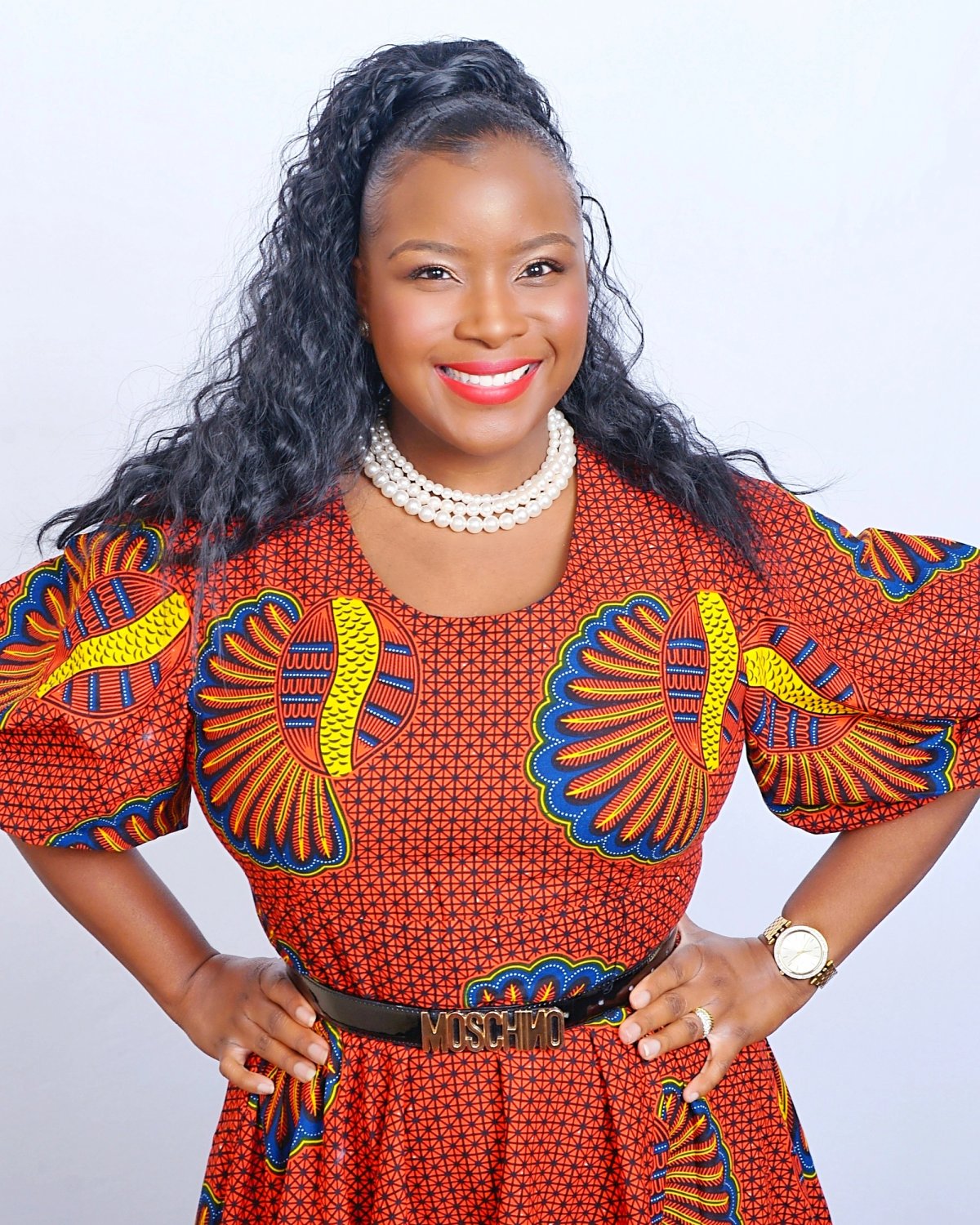
Here, the dress has busy pattern, fight for attention with the subject’s eyes.
Even if the lighting and background are perfect, the viewer’s brain gets confused - where should I look?
That’s why I always say: if your shirt could double as wallpaper, it’s probably not headshot material.
What Colors Work Best (and Why)
Here’s the truth: the best headshot colors are boring - and that’s exactly why they work.
Neutral Tones
White, beige, gray, navy, olive - they let you stand out.
Just watch your contrast:
- Dark clothes for light backgrounds
- Light clothes for dark backgrounds
Jewel Tones
Emerald, burgundy, sapphire - these photographs are beautiful and add life without shouting.
They’re especially good if your background is neutral.
Pastels
Works great for outdoor or natural-light headshots. Soft pinks, blues, or sage tones feel fresh but still polished.
What Not to Wear for Headshots
Let’s get this out of the way. Here’s what consistently ruins otherwise great photos:
- Loud patterns or plaid (camera hates them).
- Reflective fabrics like silk or satin.
- Clothes that don’t fit well or crease easily.
- Distracting jewelry or bright lipstick.
- Logos or slogans (no one needs to see “Just Do It” under your chin).
Fun fact: Photographers call busy patterns “moiré nightmares.” They create strange optical waves on camera - not the flattering kind.
Outfit Ideas by Profession
1. Corporate & Business Professionals
You want to look competent, polished, and ready for leadership - not like you borrowed your dad’s blazer for picture day.
For men:
- A fitted blazer in navy, charcoal, or medium gray.
- Crisp button-down in light blue, white, or soft lavender.
- Optional tie - skip wild patterns. Think subtle texture or solid color.
- Avoid pure black suits unless you’re going for “C-suite CEO.” They can feel too formal for LinkedIn.
For women:
- A structured blazer or smart blouse in neutral or jewel tones.
- Simple jewelry - stud earrings or thin hoops.
- Avoid shiny satin or thin polyester (they wrinkle and reflect light).
- If in doubt, navy blazer + white or cream blouse = timeless.
💡 Pro tip: Stick to fabrics that hold shape - wool blends, cotton, or knits photograph better than stretchy synthetics.
2. Entrepreneurs & Creators
You’re selling yourself, not a company. Your outfit should say: “I’m professional, but I also think differently.”
- Try a minimal monochrome look - like a beige or olive shirt with rolled sleeves.
- Add one accessory that pops: a watch, a necklace, or a textured jacket.
- Layering helps tell your story - denim jackets, soft sweaters, or linen shirts can make you look approachable.
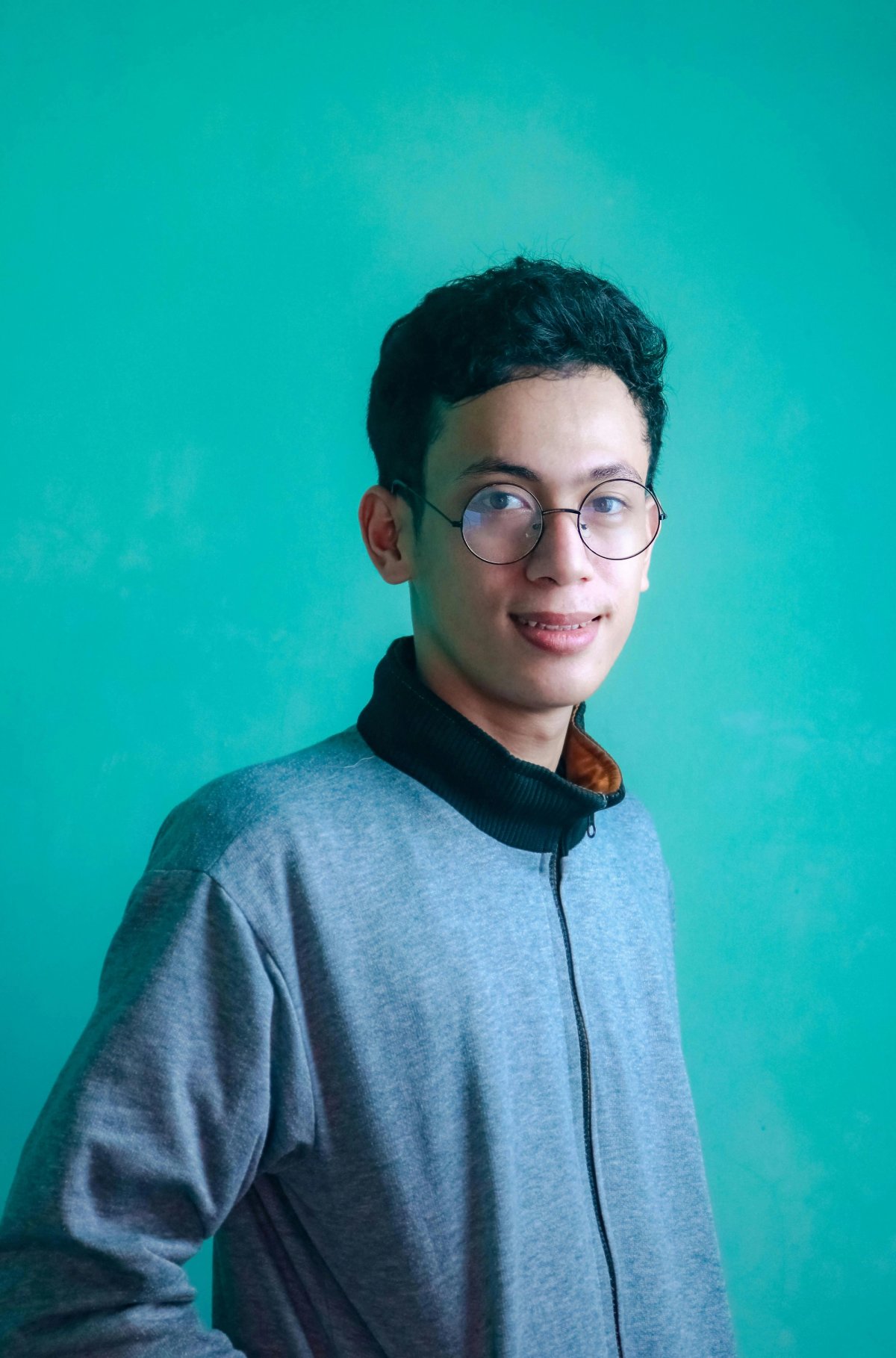
3. Actors & Performers
Here, your outfit is part of your type. You’re not dressing to impress HR - you’re dressing to show casting directors what “roles” you fit.
- Stick to simple tops that don’t distract from your face.
- Blue, green, and earth tones are your best friends.
- Avoid pure white, red, or black - they often mess with skin tone on camera.
- Have multiple looks: casual tee, professional blouse/shirt, and neutral tank or V-neck.
Pro tip: Your headshot should capture range. Keep hair natural, makeup minimal, and focus on expression.
4. Students & Fresh Graduates
You’re early in your career, so your headshot should look optimistic and clean, not overly corporate.
- Solid colors, light tones, and casual layering work great.
- Polo shirts, simple blouses, or crew-necks under a soft jacket.
- Avoid over-accessorizing - keep the focus on your face.
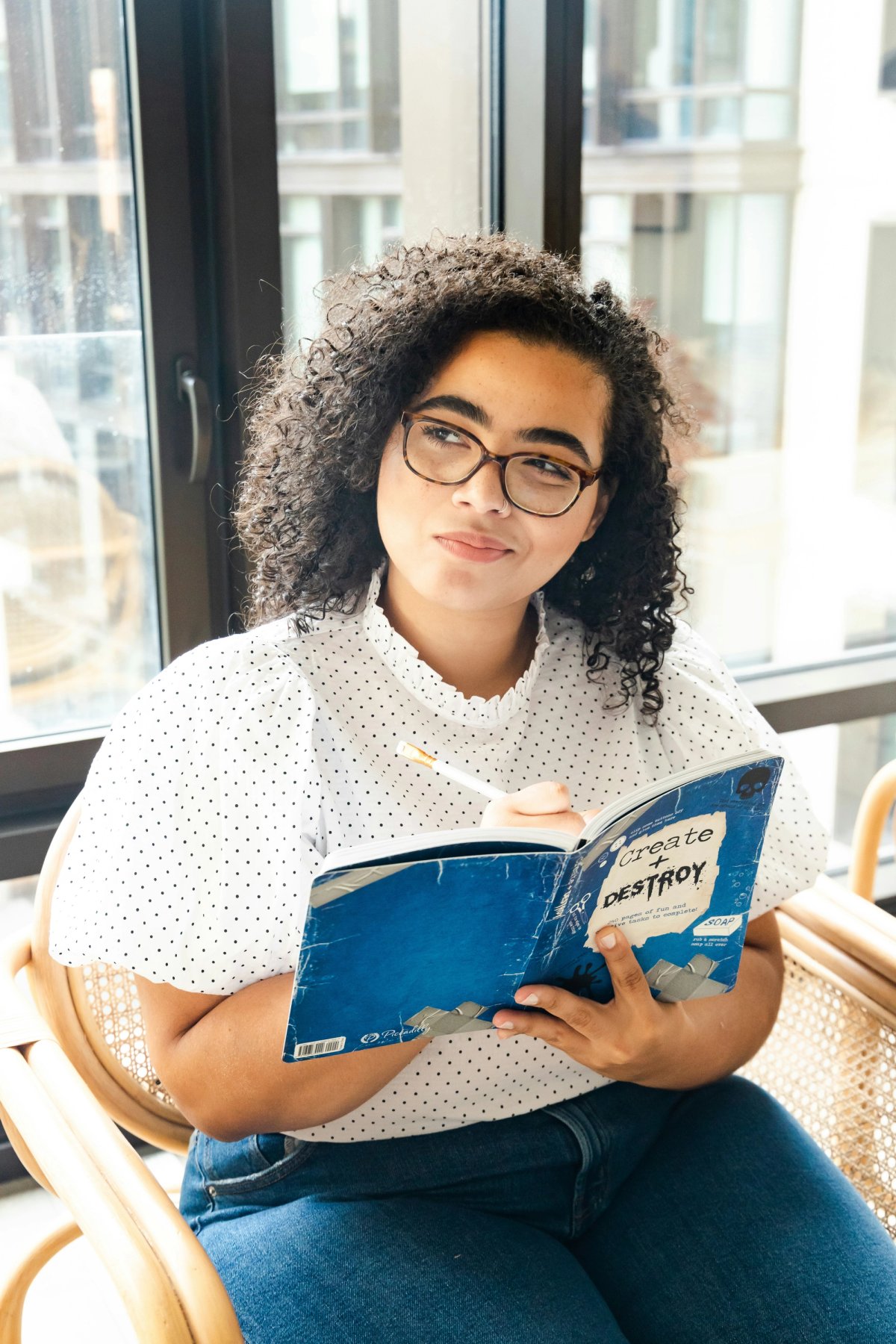
5. Creatives & Designers
You have the most freedom - but remember: freedom ≠ chaos.
- Earthy or desaturated tones (olive, tan, muted blue) work beautifully.
- Try textured fabrics like linen, wool, or denim.
- Avoid cluttered patterns unless it’s subtle and aesthetic.
- Add a layer (scarf, jacket, cardigan) to add dimension.
💬 Think: “I care about details - but I don’t try too hard.”
Gender-Based Outfit Guidance
For Men
- Choose structured collars - floppy shirts ruin a sharp headshot.
- Jackets add shape - even casual ones.
- Keep grooming neat - beard lines, eyebrows, and hair.
- Avoid shiny fabrics or tight-fitting shirts that pull at the buttons.
Best colors: navy, light blue, charcoal, sage, burgundy.
For Women
- V-necks and scoop necks elongate the neck and look flattering.
- Avoid overly low necklines or ultra-high ones - both can distract.
- Choose matte fabrics and solid tones.
- Jewelry should complement, not compete.
- Natural makeup with defined eyes and soft lip tones always wins.
Best colors: deep green, soft blue, mauve, cream, or plum.
Seasonal Outfit Ideas
Your wardrobe should match the lighting mood of your shoot - not just the weather.
Spring
Fresh and airy tones: light blue, sage green, blush, or cream.
Perfect for outdoor or natural-light portraits.
Summer
Go for breathable fabrics and saturated tones like coral, sky blue, or light gray.
Avoid heavy layers or black - you’ll look warmer (and shinier) than intended.
Autumn
Earthy palettes win here: olive, burnt orange, maroon, mustard.
Great time for textured fabrics - wool, corduroy, or knits.
Winter
Cooler tones like charcoal, navy, emerald, and wine red.
Layer with coats, scarves, or blazers for visual depth.
Accessories, Hair & Makeup - The Finishing Touches
Jewelry
Minimal, non-reflective, and not too dangly.
If it jingles, it’s too loud for headshots.
Hair
Avoid last-minute haircuts. Style your hair the way you normally wear it - authenticity looks best.
Makeup
Less is more.
Focus on clean skin, subtle contour, and matte finish.
Avoid glitter or high-shine foundation - it reflects harshly under studio light.
Glasses
If you wear them daily, keep them.
Ask your photographer to adjust the lighting to avoid glare.
Headshot Outfit FAQs
Q: Should I wear black or white?
White can wash you out under bright lights, and black can look too harsh. Stick to mid-tones like navy, gray, or beige unless lighting is perfectly controlled.
Q: Can I wear patterns?
Tiny, subtle patterns are fine. Avoid stripes or checks - cameras don’t like them.
Q: What about my background?
Contrast is key - if your background is light, wear darker tones and vice versa.
Q: Should I bring multiple outfits?
Yes, always. A formal, a casual, and a neutral option give photographers flexibility.
Q: Is makeup necessary for men?
Not really - just ensure even skin tone and clean grooming. A light powder to reduce shine helps.
Final Checklist Before Your Headshot
- Clothes clean, pressed, and fitted
- No wrinkles or lint
- Solid, mid-tone colors
- Layers for depth (optional but great)
- Hair styled naturally
- Accessories minimal
- Smile that feels like you
Final Thoughts
Your outfit doesn’t need to be extraordinary - it just needs to be intentional.
The goal isn’t to impress the camera; it’s to make people trust what they see.
Think of it this way:
A great headshot doesn’t just show your face - it shows your future self, ready for that next opportunity.
So wear something that feels like you, but the most confident version of you.
That’s the magic formula for a professional headshot outfit that never goes out of style.

Rajat
Founder
Rajat has been building companies since 2013.
